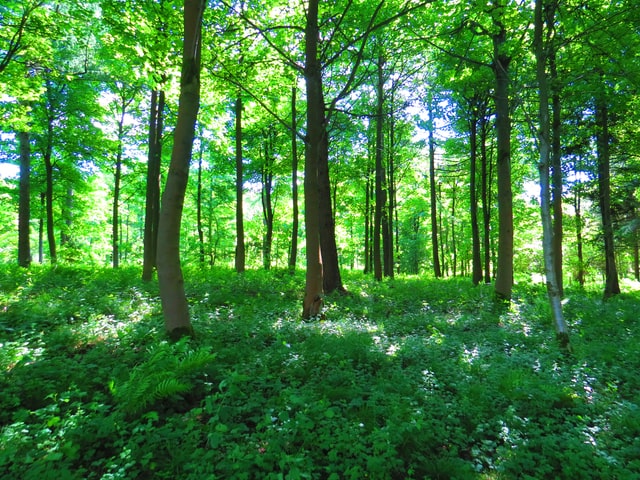This snippet has been extracted from “Homeowner’s Complete Guide To The Chainsaw” By “Brian J. Ruth & Jen W. Ruth”. Controlling the chainsaw is a vital factor in the entire process. “Tree Removal Berkeley CA” educates you on this procedure in details.
To learn how to control the chainsaw, consider the forces involved.
1. The chain on the top of the bar races away from the operator
2. The chain on the bottom of the bar speeds toward the operator.
3. The chain travels downward as it changes direction around the nose of the saw bar. Remembering high-school physics, for every action there is an equal but opposite reaction. As a result:

4. When you are cutting downward using the chain on the bottom of the guide bar, the forces pull the saw in toward the wood, and/or the wood toward the operator.
5. When you cutting upward using the chain on the top of the bar, the forces push the wood and the saw engine away from one another.
6. You don’t cut with the nose of the bar, if you did, the forces would tend to rotate the saw upward-that’s kickback. Controlling the chainsaw required planting both feet on the ground in a sturdy marching stance and keeping both hands on the saw handles. Whether cutting downward or upward, keeping the saw engine close to the wood helps you control the forces of pull-in and push-back.
As the chain rounds the nose of the guide bar, its motion suddenly acquires a downward component. As a result, when the upper quadrant of the bar nose contacts the wood, it’s liable to be thrown upward. The saw abruptly pivots in your hands in a direction you weren’t braced to resist-that’s kickback as well.

Reading the Tree
Because of gravity, heavy stuff-like trees and tree limbs-tends to fall down. A leaning tree tends to fall in the direction of the lean, and a log lying on a slope tends to roll downhill. Common sense informs you and guides you to be out of the tree’s path.
The energy in living wood is another thing. Wood is supple, and it will bend a long way before it breaks. A limb that is bent under the weight of a fallen tree may pack a tremendous amount of force. The chainsaw operator must learn how to read these forces to predict the behaviour of a sprung limb when it’s suddenly cut free. There are three different situations to look out for:
1. Free limb
When you cut into the limb, is it free to fall? Will the falling limb close up on the chainsaw bar, trapping it in the wood? Or will the swan limb fall easily away? Where will you be-underneath the falling limb, or safely out of the way?
2. Sprung limb
Is the limb trapped and bent (sprung) between the weight of the tree trunk and the ground? When you cut into the limb, is it liable to recoil violently? Which way will it go? Where will you be-in the path of the flying wood, or safely on the other side of the tree trunk?
3. When you remove a limb from a downed tree, what’s left to hold the heavy trunk up off the ground? Is it going to pivot unpredictably on the remaining limbs? Where will you be-in the path of the dropping or rolling wood, or safely out of the way?
Continue reading on Conserving water
